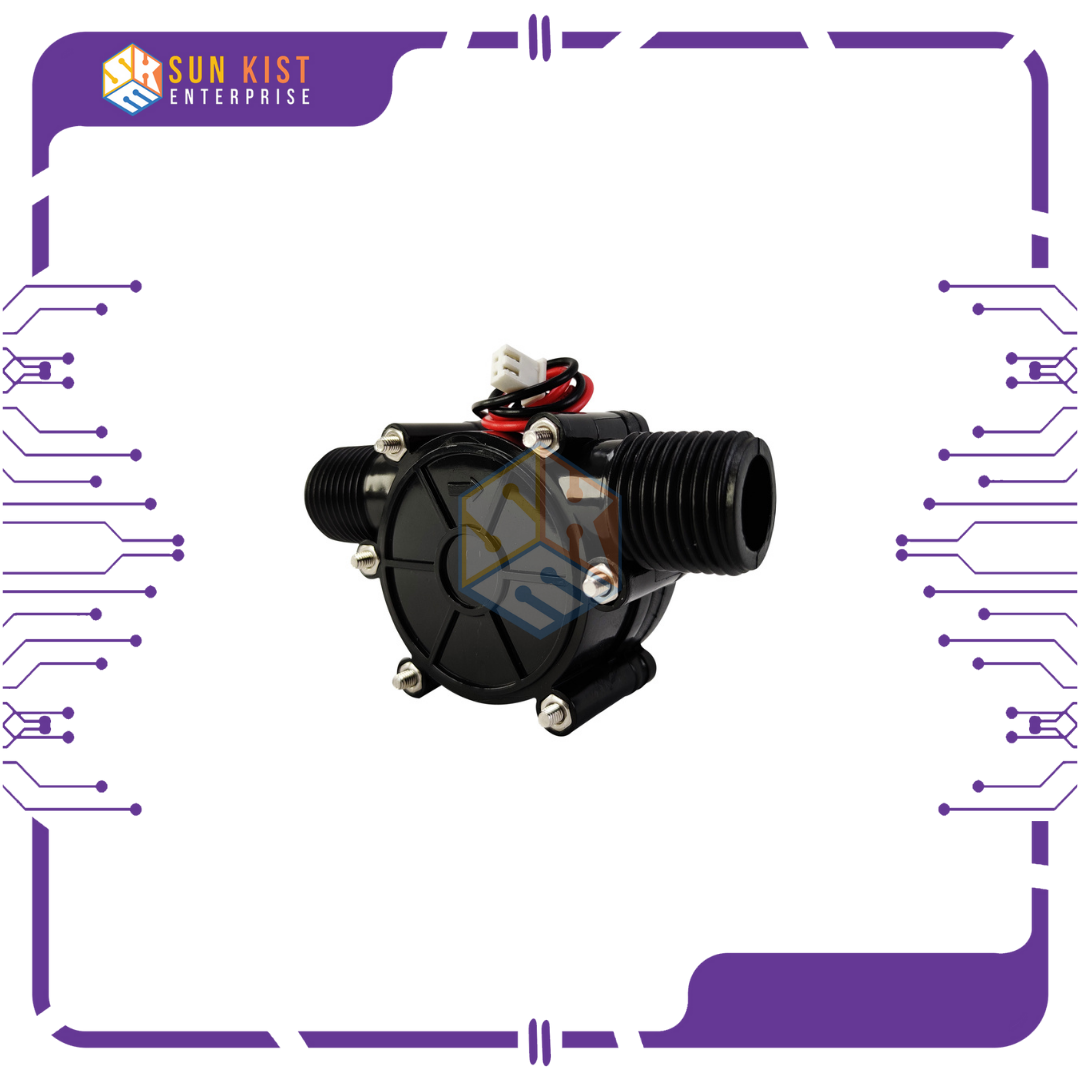Description
A micro-hydro generator, also known as a micro-hydro turbine, is a small-scale hydroelectric power system that generates electricity from the flow of water, such as that from a river, stream, or small waterfall. These systems are designed to provide a renewable and clean source of energy for off-grid or remote locations, particularly in areas where there is a consistent and reliable water source. Here are some key features and components of a typical micro-hydro generator system:
1. **Water Source**: Micro-hydro generators are typically installed in locations with a natural water source, like a river or stream, which provides a continuous flow of water. The flow rate and head (vertical drop) of the water source determine the system’s power generation capacity.
2. **Intake**: Water is diverted from the natural water source through an intake or diversion structure, which directs the flow of water towards the turbine.
3. **Turbine**: The heart of the micro-hydro system is the turbine. Turbines are designed to convert the kinetic energy of the flowing water into mechanical energy. Common types of micro-hydro turbines include Pelton, Francis, and Crossflow turbines, chosen based on the specific characteristics of the water source.
4. **Generator**: The mechanical energy generated by the turbine is then used to turn a generator. The generator, often an alternator, converts this mechanical energy into electrical energy.
5. **Control and Regulation**: Micro-hydro systems include control mechanisms to regulate the flow of water to the turbine, ensuring that the system operates efficiently and doesn’t get damaged during varying water flow conditions.
6. **Transmission and Storage**: The electrical energy produced by the generator is typically transmitted through a set of wires to the location where it’s needed. In some cases, energy storage systems like batteries may be used to store excess electricity for use when the water flow is insufficient.
7. **Grid-Tied or Off-Grid**: Micro-hydro systems can be designed to either connect to the grid or operate in an off-grid or standalone mode. In off-grid scenarios, the electricity generated is used directly by the local system or stored in batteries for later use.
8. **Environmental Considerations**: Micro-hydro generators are considered environmentally friendly as they produce clean and renewable energy without emitting greenhouse gases. Proper environmental assessments and permitting may be required before installing such systems to ensure minimal impact on aquatic ecosystems.
Micro-hydro generators are suitable for providing power to remote communities, rural areas, and individual homes with access to a reliable water source. The output capacity of a micro-hydro generator can vary significantly, from a few kilowatts to several hundred kilowatts, depending on the design and size of the system.










Reviews
There are no reviews yet.